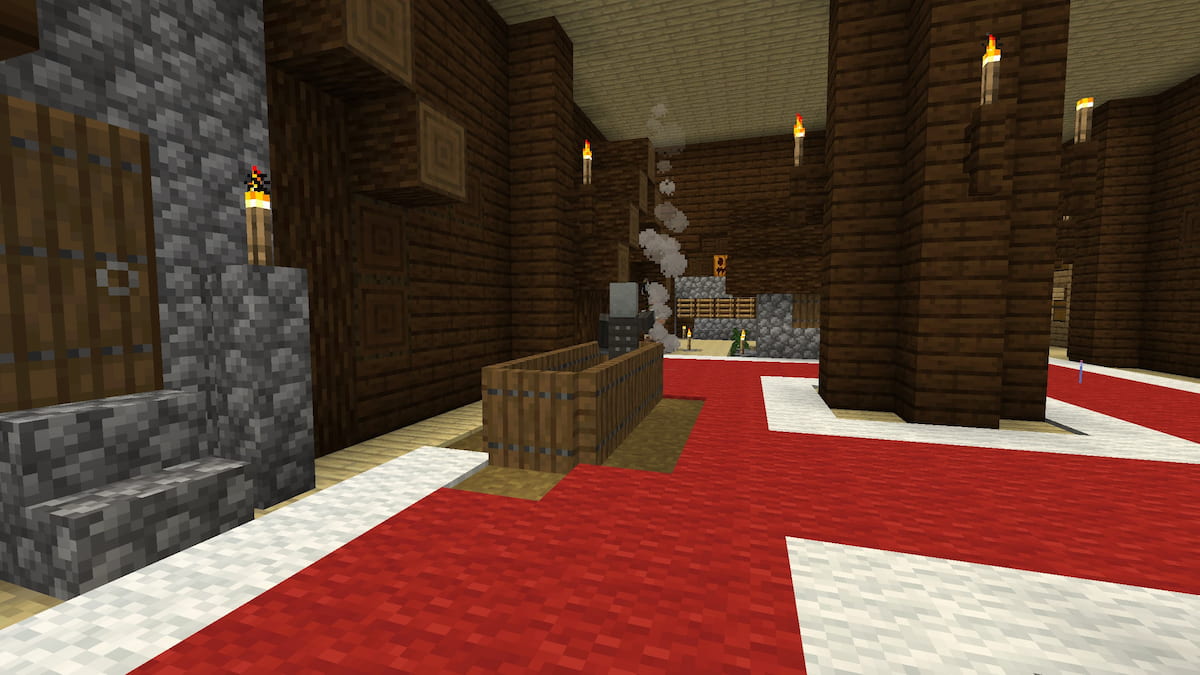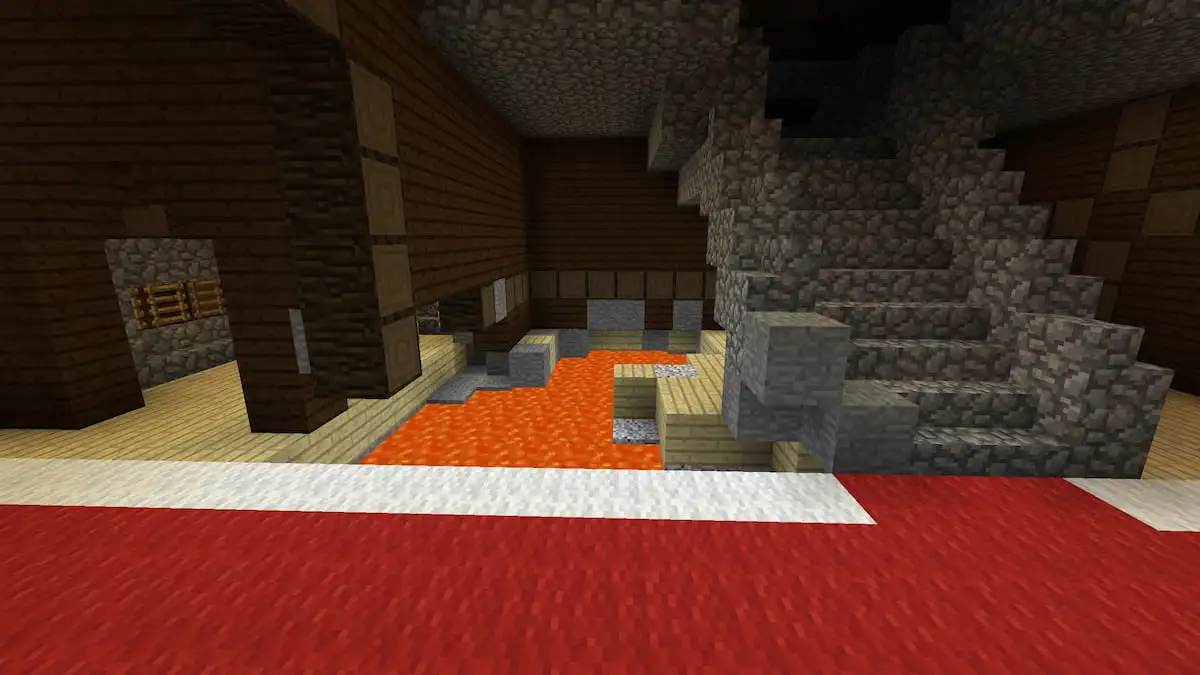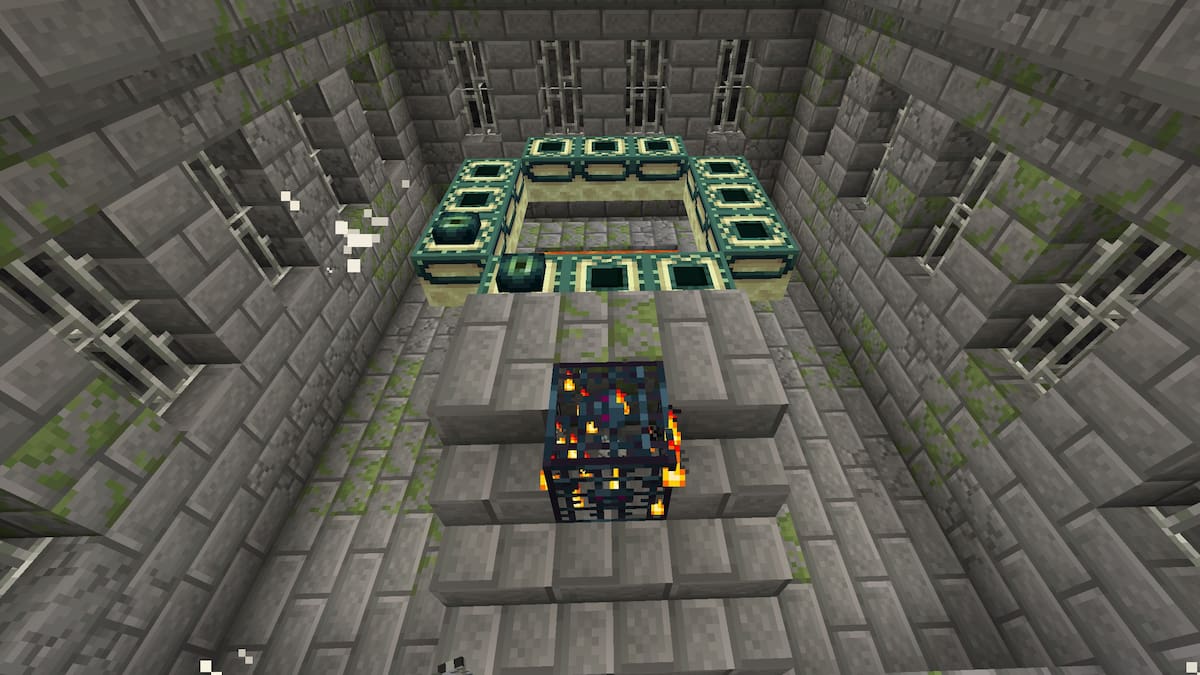Breach is a unique blend of action RPG and other genres. There are many classes to choose from, multiple customization options, fast gameplay, and you can even play as the bad guy and try to stop the heroes from succeeding.
It is difficult trying to explain this game overall, so I’m going to break everything down into separate parts for everyone to get a clear idea of Breach. I’ll also go over everything you need to know to be prepared for the Early Access launch of the game.
What is Breach?
Breach is a game that has four heroes fight through a dungeon until they reach a boss they must defeat. The dungeon is setup into different rooms, and the heroes must complete an objective in each one.
The twist is that there is an enemy called a Veil Demon that tries to stop the heroes from completing each objective.
Hero Gameplay
As a hero, you will get session experience for working towards, and completing, objectives. When you get enough session experience you will session level up. This is a level that applies to your entire team, but it only applies to the current session or match.
When you session level up, you will get to choose between three talents. These talents can do a variety of things, such as give you an extra potion or change the effect of an ability.
Veil Demon Gameplay
The Veil Demon has multiple tactics it can use to try to stop the heroes. It can set up traps to slow or stun as well as place objects to constantly damage or CC the heroes.
One unique ability the Veil Demon has in its arsenal is being able to directly possess any of the NPCs that attack the heroes. They can also summon elite monsters to fight the heroes, which can also be possessed.
As a Veil Demon, you get session experience by downing heroes, getting the objective timer to tick down, and stopping the heroes from completing objectives.
Game Modes
There are currently four game modes in Breach.
- Solo/Play Against A.I. Bots – This allows you to either play as a Veil Demon against bot heroes or as a hero, on a team of bots, against a bot Veil Demon.
- Co-Op – This allows you to play with other player-controlled heroes against an A.I. Veil Demon.
- Versus – This allows you to play as a Veil Demon against a full team of players or play a hero against a player-controlled Veil Demon.
- Custom – This allows you play with any combination of players as heroes and Veil Demons. You can only do this if you are in a party.
Battle Roles
Every class, including the Veil Demon classes, has a role assigned to them. These roles give you a rough idea of how each class should be played and the types of abilities they have.
They are not a 100% guide to how the class should be played, so keep that in mind.
- Assassin – This is the traditional damage dealer or DPS role. Their job is to deal as much damage as possible.
- Support – This role is to heal, buff, or otherwise provide some sort of support to the team.
- This does not mean that every support is a healer. Some might be able to increase stats, shield allies, or cripple the enemy with debuffs, among other things.
- Warrior – This is similar to tanks in other games, but they don’t all act like traditional tanks. Their main job is to soak up as much damage as they can.
- The Bloodstalker class, for example, does not have any abilities to protect allies or get the attention of enemies. Instead, they can curse the target to leech health from them when they attack.
- Specialist – This role does not fit a particular category. Specialists usually have unique mechanics or abilities you don’t see anywhere else.
- The Necromancer class, for example, can summon undead minions and send out exploding minions.
Schools of Magic and Classes
Breach currently has six schools of magic for heroes, and Veil Demons all share the same school. Each hero class belongs to a school, and you can also share abilities between classes that belong to the same school. More on that in the appropriate section.
Below is a list of each school of magic with details on the classes that belong to them.
Arcane – Staff Weapon
- Arcane Mender (Support) – The traditional healer class.
- Chronomancer (Specialist) – Manipulates time to slow down enemies and speed up allies.
- Elementalist (Support) – Uses different elemental attacks, shields, and heals allies.
Battle – Great Sword Weapon
- Auros Gladiator (Assassin) – A damage dealer that uses air attacks that get a bonus when the enemy is also in the air.
- Mana Warrior (Warrior) – Can taunt enemies into attacking them and damage enemies to gain a personal shield.
- Vanguard (Support) – Can guard allies to reduce the damage they take and can make themselves immune to damage for a very short time.
- Personally, I think this class should be classified as a Warrior.
Dark – Scythe Weapon
- Lich (Assassin) – DPS that can charge up a powerful teleportation attack and put down a phylactery to become immune to damage.
- Necromancer (Specialist) – Can summon and command undead minions to attack enemies or explode to heal the Necromancer.
- Reaper (Warrior) – Can apply Sow to the enemy to make them deal less damage then Reap them to deal damage and heal themselves.
Hedge – Shotgun Weapon
- Demon Hunter (Assassin) – DPS that excels at marking and trapping targets.
- Exorcist (Specialist) – Can expel targets that are possessed by the Veil Demon.
- Occultist (Support) – Uses fire and tar to damage enemies, reflects projectiles with a personal ward, and heals allies.
Shadow – Dual Swords Weapons
- Bloodstalker (Warrior) – A leech tank that can apply Bleed to targets and curse them to cause all of the Bloodstalker’s attacks to heal themselves.
- Nighthawk (Assassin) – An aerial DPS similar to the Auros Gladiator that gets bonuses from attacking enemies in the air.
- Shadowblade (Assassin) – Traditional rogue/ninja character that can use stealth and assassination attacks to deal big burst damage.
Tech – Dual Pistols Weapons
- Engineer (Specialist) – Attacks enemies with turrets and grenades.
- Gunslinger (Assassin) – Uses multiple AOE abilities to deal damage.
- Sniper (Assassin) – Uses movement hindering abilities and high single-target damage.
Ability Sharing
A huge aspect of Breach is the ability to share class abilities with other classes. You can only do this with classes that belong to the same school of magic, e.g. Dark to Dark or Arcane to Arcane.
As you level up a class, you will unlock the ability to both change your abilities and share the abilities in those slots.
General abilities unlock at levels 2, 4, and 6. Ultimate abilities unlock at level 8. You cannot share signature abilities.
In order to take full advantage of this system, you will want to level as many characters that belong to the same school of magic as you can, with two being the minimum.
For example, if you want to use some Necromancer abilities on your Reaper, you must level both of them. Level the Necromancer until you unlock the abilities you want to share, then level the Reaper until you unlock the ability slots you want to customize.
Since all the Veil Demon classes belong to the same school, you can share their abilities with all Veil Demons.
Gear and Gems
There are four pieces of gear that you can equip to each class: Primary, Secondary, Tertiary, and Weapon. These pieces change the talents you can select during a match.
Primary changes the first set of talents, which appear as soon as the match starts. As you session level up, the Secondary talent is chosen, followed by Tertiary, and ending with Weapon.
This means you must reach level 4 to obtain all of your talents for that session. It can still be beneficial to level up beyond that depending on your gems, which I’ll go over next.
Gems
Gems can also be equipped to each character, and they come in three categories: Blue, Red, and Prismatic.
Blue and Red gems are pretty straightforward, as they passively increase certain stats when equipped. This can be damage, healing, damage resistance, fast charge on ultimate, and many more options.
They can also give a flat increase for the entire match or give an increase for each session level your party gains. When you use these gems, you will want to shoot for the maximum level of 6 each session.
Prismatic Gems change abilities in some way. These usually have a boost and a drawback. One example is to increase the damage but also increase the cool down of an ability. There are other prismatic gems that change the effect of an ability as well.
Both heroes and Veil Demons use gear, talents, and gems.
How to Obtain More Classes, Gear, and Gems
Now that you know how everything works, you’re probably wondering how you can unlock the characters and get all these goodies.
The good news is, you must simply complete matches. When you finish a match you’ll get experience for the class you used as well as gold. You will also obtain gem shards for each gem type.
Gear, and monsters for the Veil Demons, only require gold. Gems require gold and enough gem shards for the type of gem you want to buy. Characters cost gold or the premium QC Points currency you obtain with real money.
You can also buy several cosmetics with QC points.
—
That’s everything you need to know to get started in Breach. Hopefully, this saves you some time with figuring the game out and knowing what to spend your gold on.
For more Breach tips, be sure to check out our guides page, which has builds for:









Published: Jan 16, 2019 09:18 am